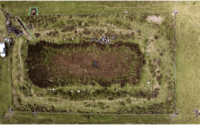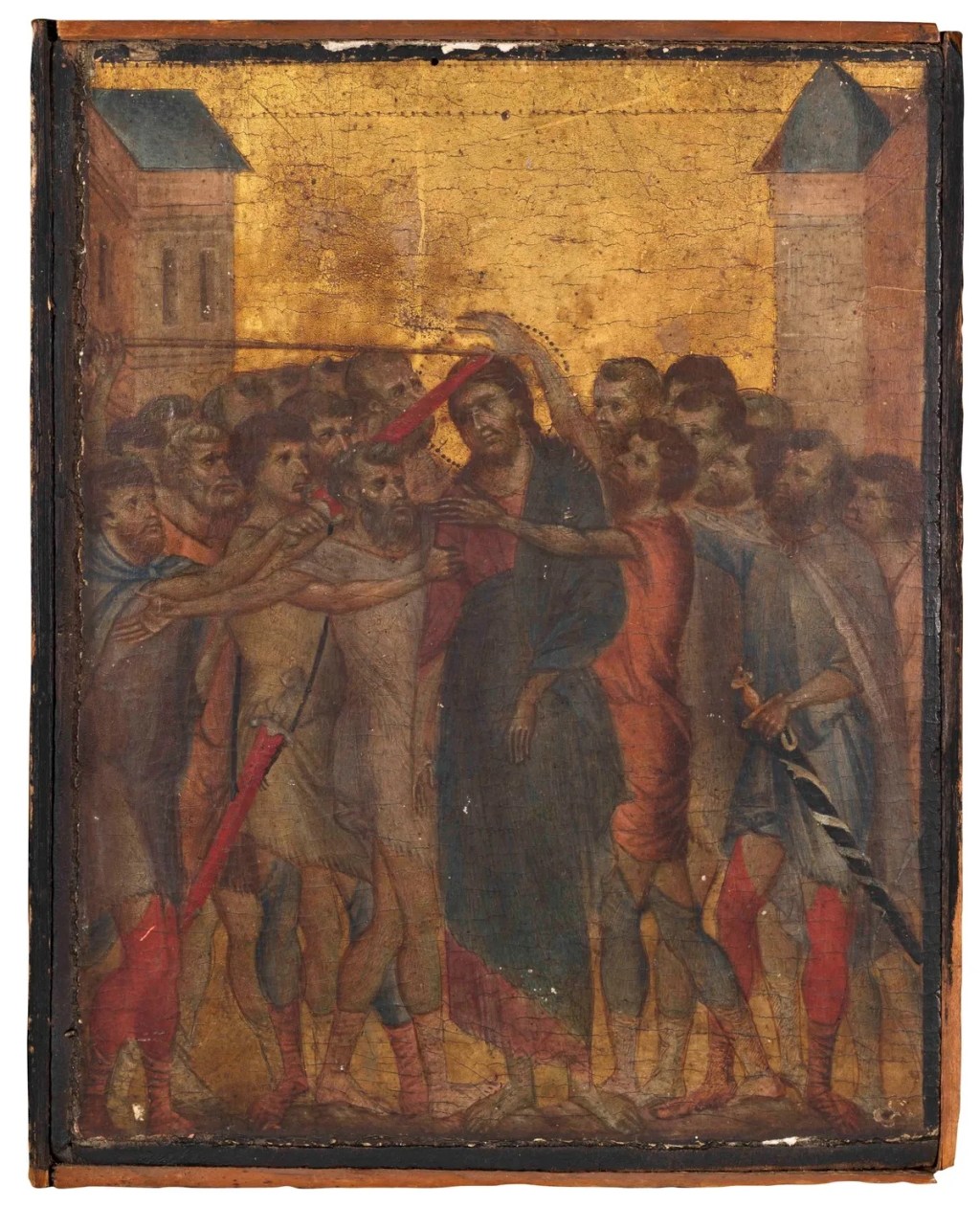Archaeologists Find Head of ‘Incredibly Rare’ Mercury Figure at Roman Site
An “incredibly rare” head of a figurine of the god Mercury will go on display at a heritage site in southeastern England today as part of an exhibition of items from a recently discovered Roman settlement, as first reported by Smithsonian Magazine.
“Our excavations at Smallhythe revealed previously undiscovered Roman activity, dating from the first – third centuries [CE], where we found tiles stamped with the mark of the Roman fleet (the Classis Britannica), ceramics including an intact pot, and evidence for buildings, boundary features and pits – which provide tantalizing clues to the nature of this riverside community,” National Trust archaeologist Nathalie Cohen said in a press statement.
“But to come across a head of a figurine of Mercury, in pipeclay, is incredibly rare. Just 5cm tall, the head is clearly visible as Mercury, with his winged headdress. We sadly did not find the remaining part of the figurine.”
The two-inch (5cm) head is made of pipeclay and was found as part of an excavation of a “previously unrecorded Roman settlement” at Smallhythe Place, a research and archaeological site in the English county of Kent.
The discovery’s rarity is due to the fact that most figurines made of that material found in Britain are of goddesses, with most of them portraying Venus. The material was primarily produced in central Gaul (modern-day France) and were imported. The National Trust noted that while the god of Mercury is the most common god for metal figurines, fewer than ten examples made of pipeclay from Roman Britain have been found so far.
“Pipeclay figurines were mainly used by civilians for private religious practice in domestic shrines and occasionally in temples and the graves of often sick children,” Roman pipeclay figurines expert Dr. Matthew Fittock said in a statement. “Finds like this at Smallhythe provide an extremely valuable insight into the religious beliefs and practices of the culturally mixed populations of the Roman provinces.”



